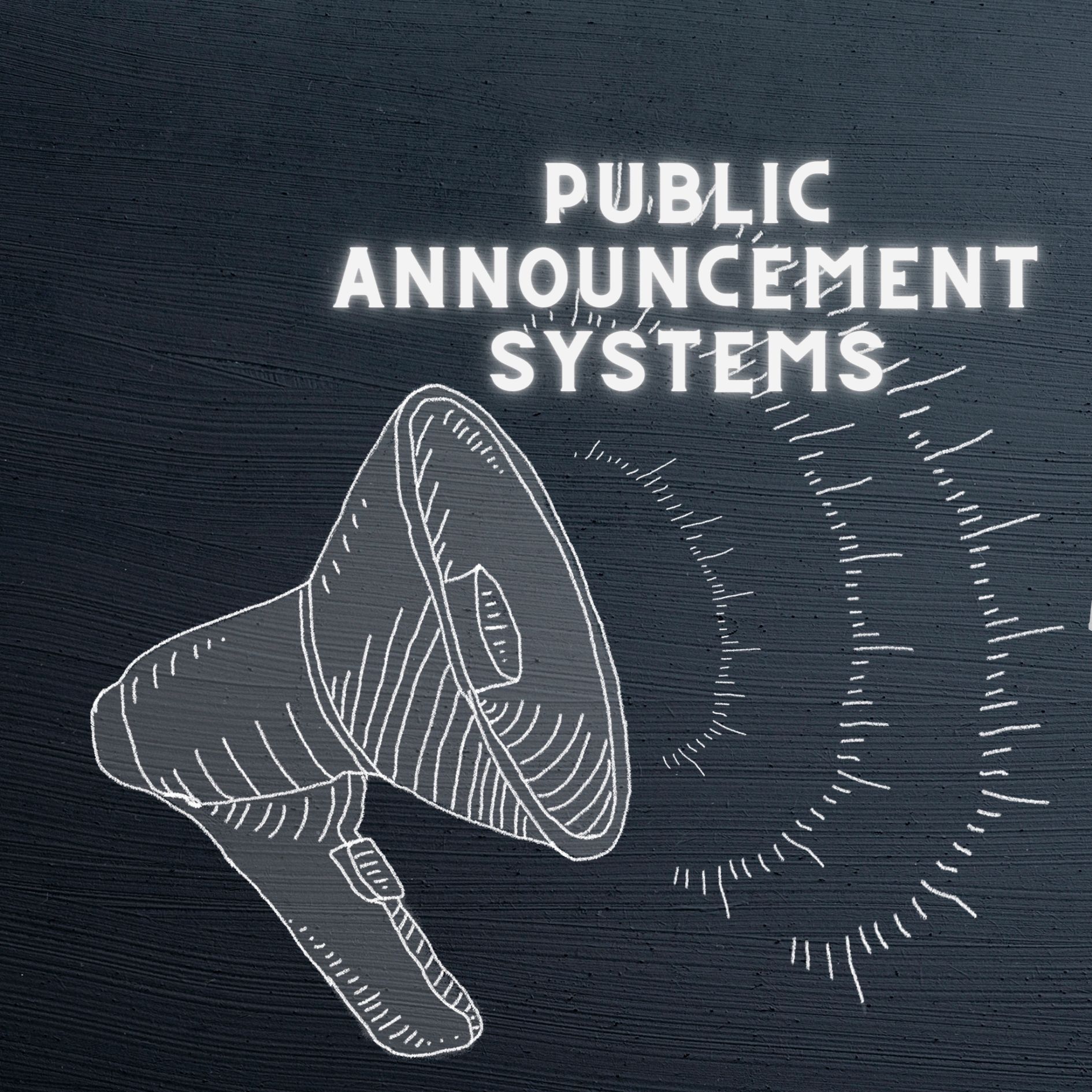Introduction:
In an era dominated by rapid technological advancements, the role of effective communication cannot be overstated, especially within public spaces. At the heart of this communication landscape lies the Public Announcement (PA) System—a ubiquitous tool designed to disseminate crucial information and then, this comprehensive guide explores the intricacies of PA systems, dissecting the challenges users and administrators face and proposing actionable solutions to elevate their functionality.
Understanding:
Understanding the diverse and complex nature of these communication lifelines is crucial. PA systems serve as the auditory heartbeat of various environments, facilitating information transmission ranging from routine announcements to critical emergency messages and then, the effectiveness of these systems can be compromised by challenges such as volume and clarity issues, technical glitches, limited coverage areas, technological obsolescence, and the imperative need for multilingual support.
Describing the Problems Faced by the Customer:
1. Inadequate Volume and Clarity:
Users often need help when PA systems deliver announcements with adequate volume and clarity. This process confuses and misses information, eroding the system’s overall effectiveness.
2. Frequent Technical Glitches:
The spectre of technical glitches, including disruptions, interference, or system failures, looms large. These issues can disrupt the flow of communication, particularly during critical moments when timely information is of utmost importance.
3. Limited Coverage Area:
On the other hand, some PA systems grapple with coverage limitations, leaving certain areas reached. However, this process results in individuals within these zones needing more crucial announcements and pertinent information.
4. Outdated or Incompatible Technology:
The relentless pace of technological evolution can render existing PA systems obsolete or incompatible with modern devices. On the other hand, users need help integrating new technologies, leading to inefficiencies and necessitating costly upgrades.
5. Lack of Multilingual Support:
In diverse communities, lacking multilingual support poses a significant hurdle to effective communication. Whereas, users may need help to convey vital information to individuals who speak different languages, undermining the inclusivity of the system.
Solutions:
1. Enhance Volume and Clarity:
a. Firstly, upgrade audio equipment to ensure optimal volume and clarity.
b. Implement regular maintenance and testing protocols to identify and address issues promptly.
2. Address Technical Glitches:
a. Secondly, invest in reliable, updated technology to minimise technical glitches.
b. Conducted routine maintenance and provided training for swift issue resolution by operators.
3. Expand Coverage Area:
a. Thirdly, conduct a comprehensive assessment of the current coverage area.
b. Strategically place speakers and consider system upgrades to accommodate changes in the environment.
4. Upgrade Technology:
a. Fourthly, stay abreast of technological advancements.
b. Integrate modern, compatible devices and plan for periodic system upgrades to avoid obsolescence.
5. Implement Multilingual Support:
a. Fifthly, integrate multilingual features into the system.
b. Provide operator training and use visual aids for enhanced inclusivity.
Conclusion:
In conclusion, PA systems emerge as indispensable tools for effective communication in the intricate tapestry of public spaces. However, this exploration of challenges and solutions emphasises the need for a holistic approach to system optimisation, encompassing technological upgrades, user training, and strategic planning. On the other hand, the dynamic nature of public spaces demands that we stay vigilant, continuously assessing and upgrading our Public Announcement Systems to meet emerging needs.
Suggestions:
1. Conduct Regular Audits and Testing:
a. Firstly, regularly audit the PA system for potential issues.
b. Conduct routine testing to ensure optimal performance.
2. Invest in Quality Equipment:
a. Secondly, prioritise high-quality audio equipment.
b. Consider noise-cancelling technology to minimise interference.
3. Provide Training for Operators:
a. Thirdly, train operators on system use and troubleshooting.
b. Ensure familiarity with all features, including emergency overrides.
4. Implement Redundancy Measures:
a. Fourthly, install backup systems and power sources.
b. Plan for redundancy in critical components to ensure continuous operation.
5. Engage End Users for Feedback:
a. Fifthly, encourage user feedback on system effectiveness.
b. Use surveys or focus groups to gather insights and improve user experience.
6. Upgrade to Smart Technologies:
a. Explore innovative technologies for enhanced capabilities.
b. Customise messages and embrace automation for a more responsive system.
7. Customisable Messaging:
a. Implement a system for message customisation.
b. Ensure flexibility in message delivery to cater to diverse communication needs.
8. Regular Maintenance Schedule:
a. Establish a routine maintenance schedule for system components.
b. Proactively address wear and tear and replace outdated equipment to maintain peak performance.
9. Accessibility Considerations:
a. Ensure PA systems are accessible to individuals with disabilities.
b. Incorporate visual indicators and alternative communication methods to accommodate diverse needs.
10. Community Awareness Programs:
a. Finally, conduct programs to educate the community on system use.
b. On the other hand, communicate the types of information conveyed through the system to enhance public understanding.
In conclusion, optimising Public Announcement Systems is a continual journey toward fostering safety, efficiency, and community engagement. On the other hand, by implementing the provided solutions and suggestions, users and administrators can contribute to resilient and efficient communication infrastructures, ensuring that the echoes of announcements resonate with clarity and purpose in shared environments. Whereas, this comprehensive guide serves as a roadmap for navigating the challenges and opportunities in the ever-evolving landscape of Public Announcement Systems.
Visit our website to know more!
Follow us on LinkedIn:


